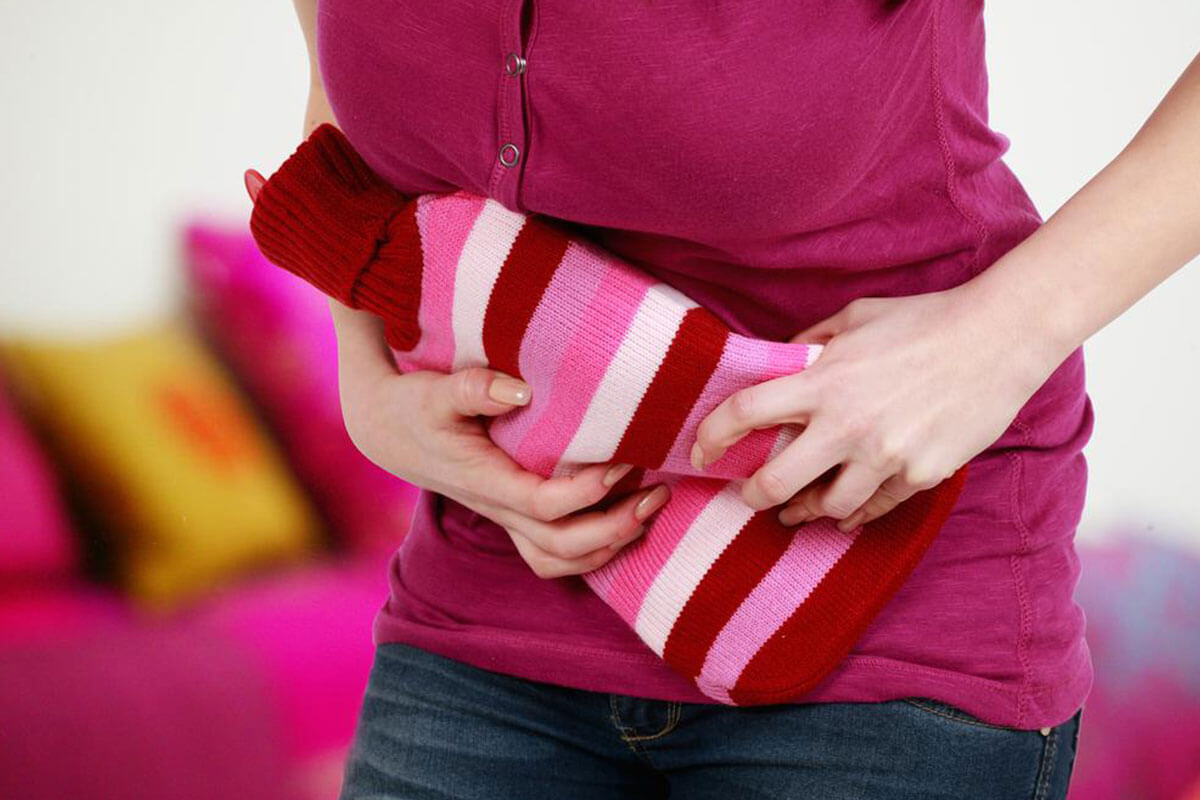Managing and Treating Urinary Incontinence: A Complete Guide
This comprehensive guide explores diagnosis and treatment options for urinary incontinence. It details essential tests like urinalysis, bladder diaries, and residual measurements. Treatment methods such as bladder training, double voiding, and scheduled urination are explained to help manage this condition effectively.
Sponsored

Accurately identifying the type of urinary incontinence is crucial before beginning any treatment. Your healthcare provider will perform a detailed physical exam and may request simple tests to determine the cause of your symptoms. Once diagnosed, a personalized treatment plan will be developed based on the nature and severity of your condition.
Common diagnostic procedures include:
Urinalysis
A urine sample analysis to detect infection, blood, or other irregularities.
Bladder Diary
Keeping a record of fluid intake, urine output, and urgency episodes helps identify patterns and triggers.
Post-Void Residual Measurement
Urinating into a container and measuring residual urine with ultrasound or catheterization indicates potential obstructions or nerve/muscle issues affecting emptying.
If initial tests are inconclusive, further assessments like pelvic ultrasound or urodynamic studies may be recommended.
Treatment Options
Your treatment approach will depend on the type and severity of your incontinence, as well as any underlying causes. Multiple therapies are often combined for optimal results. Key strategies include:
Bladder Training
Delaying urination after feeling the urge helps strengthen bladder control.
Double Voiding
Emptying the bladder, waiting a few minutes, then trying to urinate again ensures complete emptying.
Scheduled Voiding
Urinating at regular intervals every 2 to 4 hours reduces accidental leakage.






